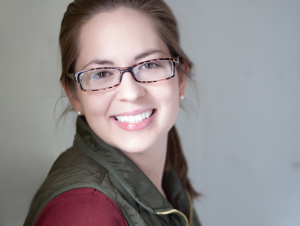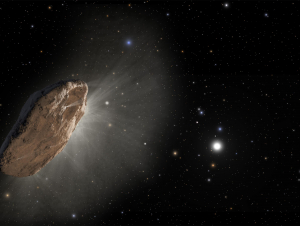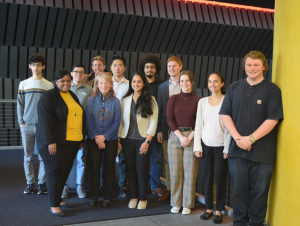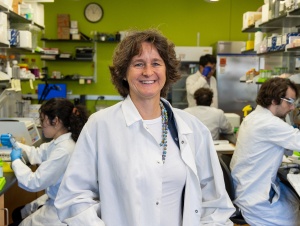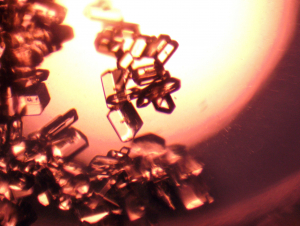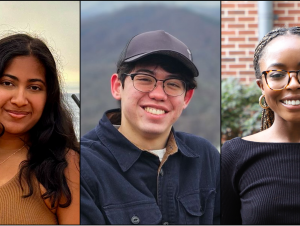To request a media interview, please reach out to experts using the faculty directories for each of our six schools, or contact Jess Hunt-Ralston, College of Sciences communications director. A list of faculty experts is also available to journalists upon request.
Latest News
The initiative, supported by funding from NSF’s Robert Noyce Teacher Scholarship Program, aims to enhance STEM training for pre-service teachers through immersive summer research experiences.
Wray will study interstellar objects like asteroids and comets that have formed in other solar systems and traveled to ours. He will also help create a plan to potentially send spacecraft to intercept future interstellar objects. The research could transform how we understand extrasolar planets — without ever leaving our solar system.
On Monday, November 18, Geri Richmond visited Georgia Tech with Chief of Staff in the Office of the Under Secretary for Science and Innovation Ariel Marshall (Ph.D. CHEM '14) to meet with students and faculty — and discuss future opportunities for collaboration.
Storici lab discovers RNA’s surprising role in DNA repair, developing new insights could lead to improved treatments for cancer and other diseases.
In a landmark study led by Georgia Tech, researchers demonstrate a first-of-its kind way to synthesize amino acids that uses more carbon than it emits. The research also makes strides toward making the system cost-effective and scalable for commercial use.
Sonali Kaluri, Seth Kinoshita, and Medina McCowin have been selected as walk-on recipients of the prestigious Stamps President's Scholarship. Chosen for their academic achievements, leadership, and commitment to service, they will receive full scholarships, mentoring, and unique growth opportunities.

